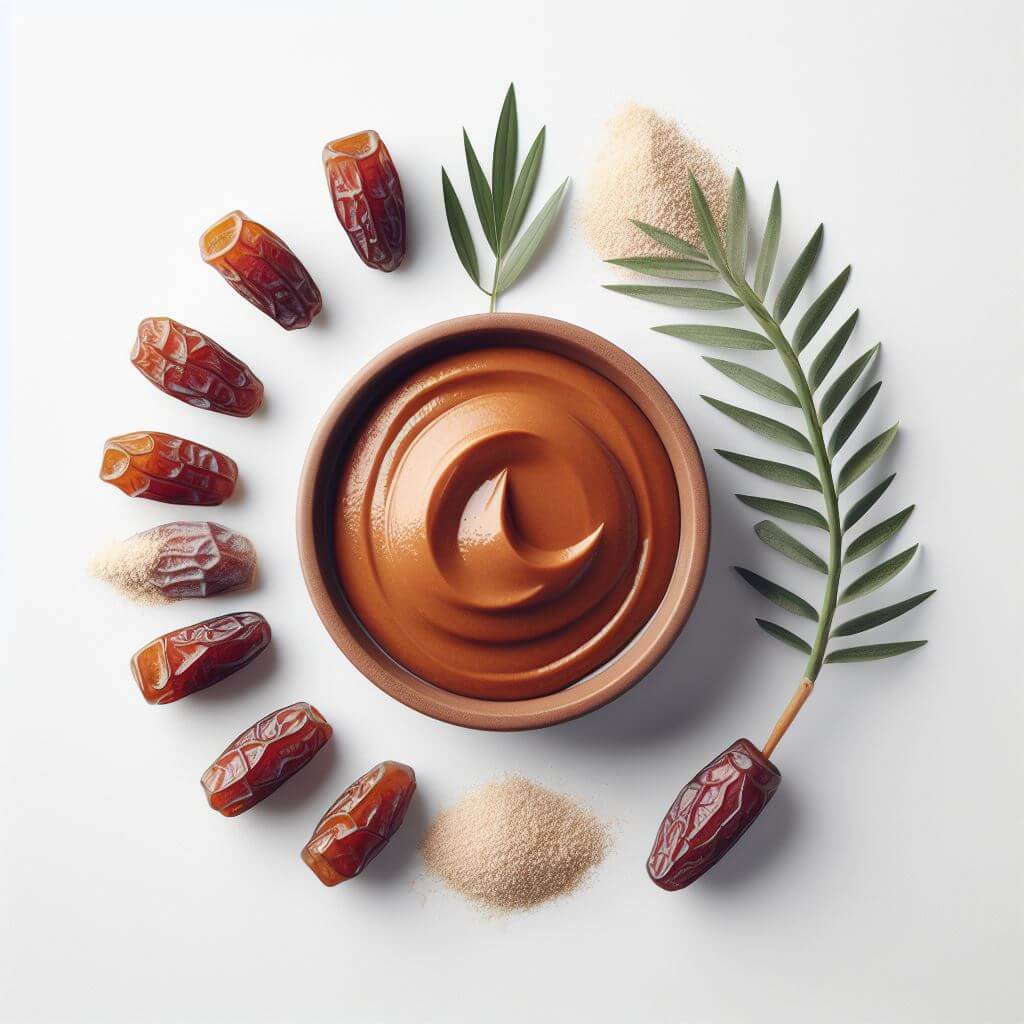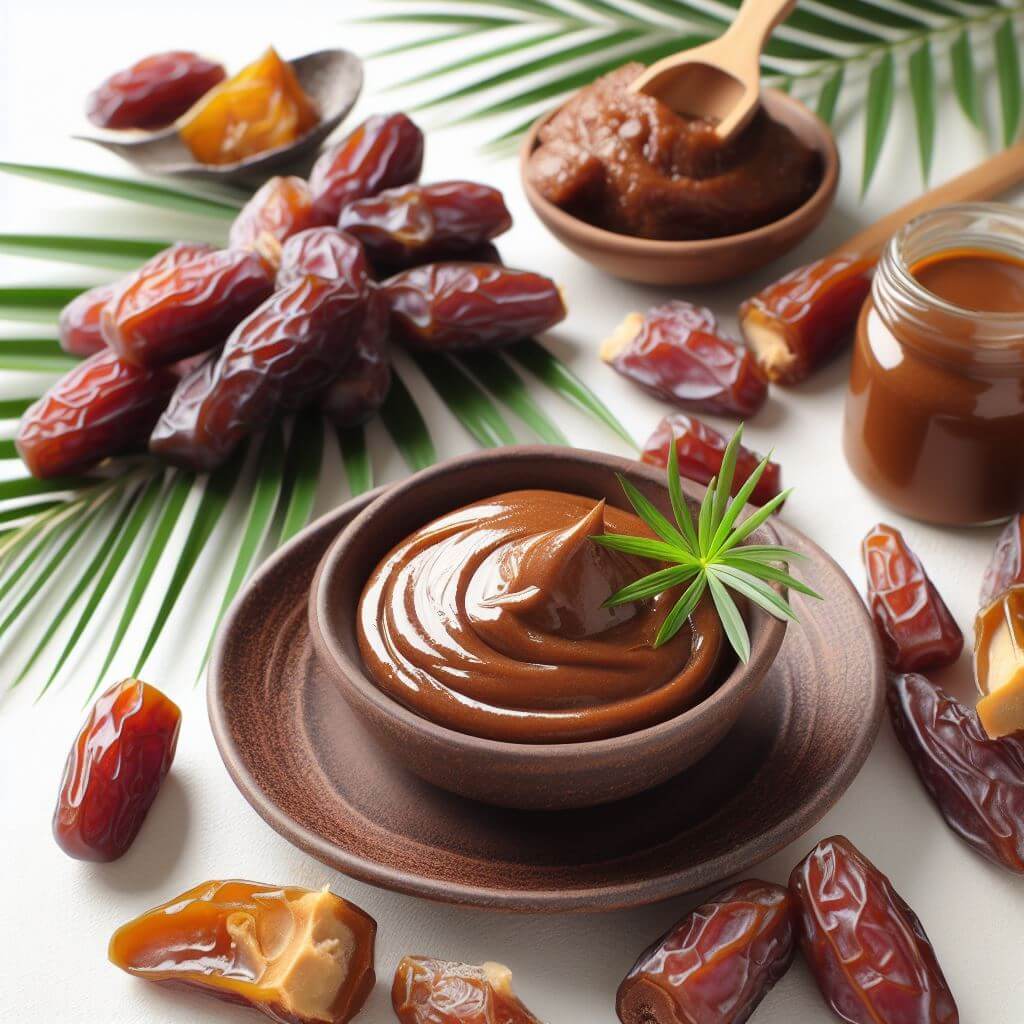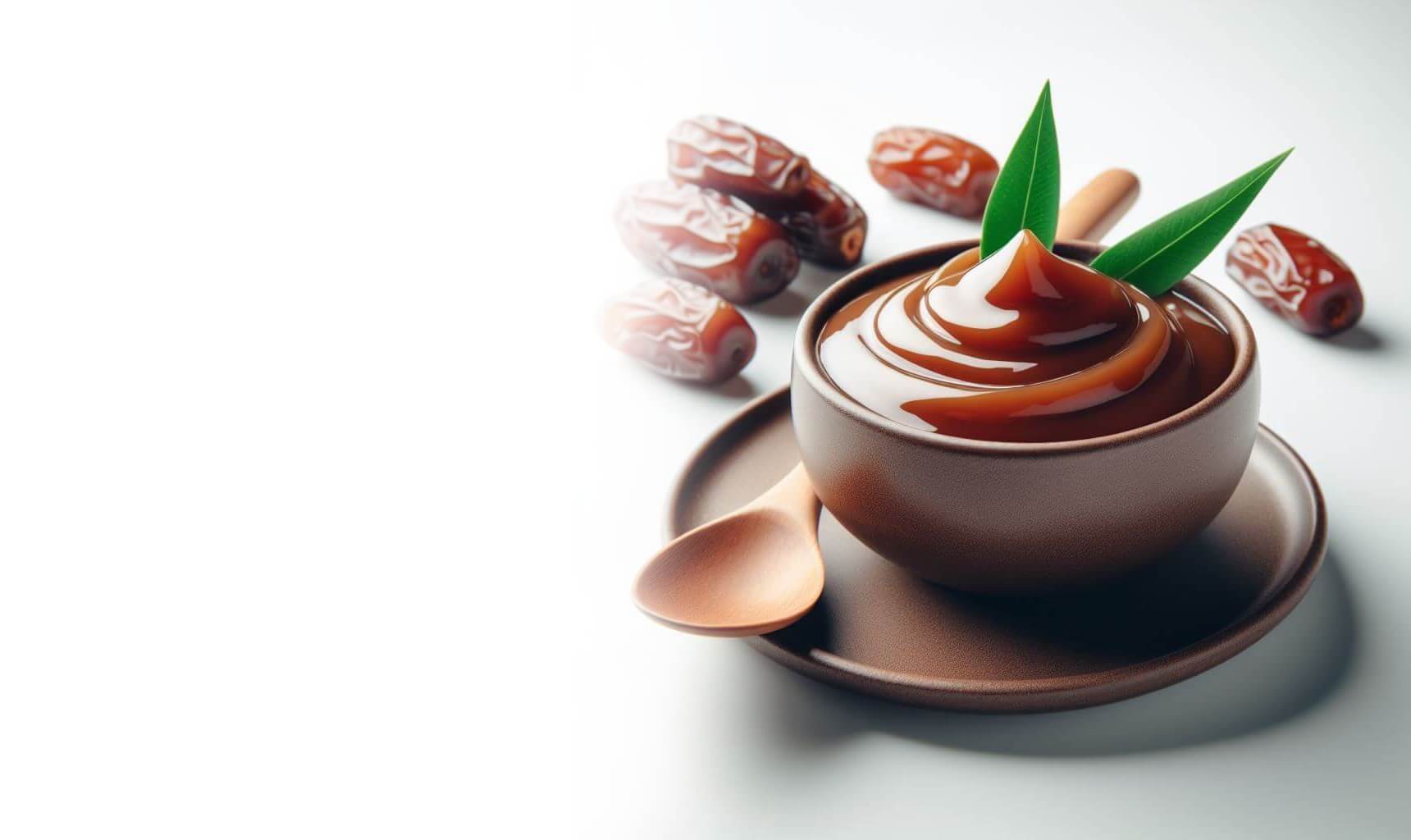How to make high quality date paste? in this article you know, Dates are one of the most important agricultural products in Iran, with the country ranking first in the world for date production. Making high quality date paste is a major industry in Iran. The unique characteristics of Iranian dates combined with optimized factory processing methods allow for date paste production that meets global quality standards.
How to make high quality date paste?
Selecting Optimal Iranian Date Varieties
There are over 400 date cultivars grown in Iran. Popular varieties like Mazafati, Piarom, Rabbi, Shahani, and Kabkab are well-suited for paste production due to their large size, soft flesh, and high sugar content. The maturation time of the dates must be considered when sourcing raw material. Dates harvested at the Rutab stage have higher moisture content and make better paste compared to the Tamar stage.
Harvesting Dates at Peak Ripeness
Dates for paste making are typically harvested in September and October in Iran. The climate provides dry, sunny weather optimal for ripening dates on the palm. Skilled workers carefully hand-pick dates when the fruit reaches ideal color, size, texture, and sugar levels for further processing. Dates are transported quickly after harvest to prevent spoilage in the heat.

How to make high quality date paste?
Cleaning and Sorting the Dates
At the factory, dates undergo extensive cleaning and sorting. Dirt, debris, and substandard dates are removed using washing tanks, mesh screens, and automated sorting machines. Color scanners detect and eliminate discolored or damaged fruit. The cleaned dates may be soaked and pasteurized for further sanitization. Only super premium dates move on in the process.
Pitting Dates Efficiently
Pitting is one of the most critical steps for quality paste. Date pitting machines use centrifugal force and rotating blades to loosen pits, which then pass through perforated drums and vibrating screens. Continuous improvements in pitting technology allow complete pit removal without damage to the fruit flesh. Dates are manually inspected after pitting to verify no pits remain.
Cooking the Dates Until Softened
Pitted dates move through steam-jacketed kettles that bring the fruit to a boil, hydrating and sterilizing it. The dates cook at low temperatures to break down insoluble fibers and cellulose while avoiding overcooking. Operators test the dates frequently for ideal softness, draining at the right moment. Cooking time varies based on the variety and ripeness.
Grinding Cooked Dates to Puree
The soft dates pass through colloidal mills, which grind the fruit into a homogenous slurry or paste. These specialized mills have adjustable stators and rotors that shear the dates and maintain constant contact with chamber walls. The mills produce smooth purees with no lingering fibrous pieces. Varying the blade gap setting fine tunes the desired paste texture.
Adding Natural Sweeteners and Flavors
To balance flavor and sweetness, natural sucrose or inverted sugar syrup gets blended into the date puree. Rosewater, saffron, vanilla, almond extract, and cardamom introduce traditional Iranian flavors. Mixing kettles thoroughly incorporate the ingredients while avoiding incorporating excess air into the paste. The flavoring ingredients complement the natural sugar content of Iranian dates.
Pasteurizing the Date Paste
The completed date paste pumps through high-temperature short time pasteurizers. The date paste gets heated rapidly to 82-85°C and held for a few minutes to destroy bacteria and inactive enzymes, then quickly cooled. The precise pasteurization process prevents damaging the delicate flavor compounds. Automated controls and data tracking ensure consistency.

How to make high quality date paste?
Packaging the Date Paste
Pasteurized date paste proceeds through packaging equipment that pumps the product into retail tubs, squeeze packs, or blocks. Vacuum packing removes oxygen to prevent oxidation. Packaging keeps water loss minimal during storage. Convenient packaging options allow use of portion-controlled amounts of paste as needed. Clear packaging displays the paste’s rich brown color.
Testing and Quality Assurance Protocols
Extensive testing regimes verify safety and quality at every process stage. Incoming dates get assessed for purity, pitting efficacy, moisture content, and microbial levels. The paste undergoes testing for physical properties, sugars, humidity, standardization, and food safety hazards. Strict process controls identify and eliminate deviation.
Optimized Storage Conditions
The key to maintaining quality is storing packaged paste under the best conditions. Refrigerated storage provides ideal lasting freshness and texture. Modified atmosphere packaging enhances preservation. Rotation based on first in, first out minimizes shelf life variability between containers. Ongoing stability testing determines maximum storage durations.
By combining prized Iranian dates with advanced factory production and quality assurance, the result is date paste satisfying international standards for purity, safety, nutrition, and delicious flavor. Automation allows scalable paste production with less labor required compared to traditional methods. Iran’s date paste industry can expand to meet rising global market demand for this versatile, healthy product.
For more information, visit our Date paste product page.

